
Field scabious is one of the best flowers for insects
I'VE been reading about gipsy rose in February's British Wildlife, a magazine that covers all aspects of British natural history and conservation. The evocative name gipsy rose conjures up a fortune teller in a tent to me, but it's actually one of the common names for the native wildflower field scabious (Knautia arvensis). Other names, listed by Geoffrey Grigson in The Englishman's Flora, include blue buttons, bluebonnet and cardies. It's found on neutral and calcareous soil on verges and field edges, and was once used to treat scabies or scabs.
I grow this lavender-blue pincushion in my garden, in some sunny borders, in longer grass and on the verge. It's quite possibly the best flower for insects I grow, because it attracts solitary bees, bumblebees, butterflies, moths, hoverflies and beetles. The nectar's sugar-rich and there's lots of accessible pollen, too. It will flower for weeks on end, sustaining many of Spring Cottage's insects and pollinators.
This story is from the April 30, 2022 edition of Amateur Gardening.
Start your 7-day Magzter GOLD free trial to access thousands of curated premium stories, and 8,500+ magazines and newspapers.
Already a subscriber ? Sign In
This story is from the April 30, 2022 edition of Amateur Gardening.
Start your 7-day Magzter GOLD free trial to access thousands of curated premium stories, and 8,500+ magazines and newspapers.
Already a subscriber? Sign In
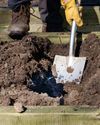
To dig or not to dig?
Should we be carrying out a full dig on plots now? Bob considers the pros and cons of the 'autumn dig' debate
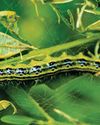
The box ball blues
As if his beleaguered box hadn't already taken a beating, Toby now has to deal with some hungry box caterpillars

Save your own seeds
Masterclass on: seed saving
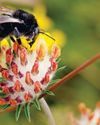
Strange sightings
Three unusual insects turn up in Val's garden in one day
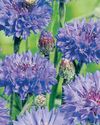
A bolt from the blue!
Cornflowers are perfect for garden and vase
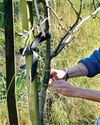
Winter moth prevention
Ruth shows you how to avoid maggoty tree fruits
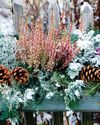
Create a winter container
There are as many options as in summer
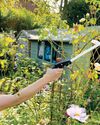
Lightweight gardening tools
AS well as being good for our mental health, gardening is also great exercise.

Autumn price round-up
AG finds better bargains in lesser-known brands
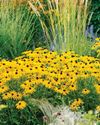
Rudbeckias
Rudbeckias are ideal for sunny summer patios and borders, with some able to survive our coldest winters